
Step right up, automotive enthusiasts! If you’re anything like us, you know the car world isn’t just about the shiny new metal rolling off the assembly line; it’s a vast, fascinating graveyard of audacious ideas, prototypes, and concepts that dared to dream big, sometimes too big. For every runaway success, there’s a dozen brilliant failures or forgotten innovations that, for one reason or another, just didn’t make the cut. But let’s be clear: ‘failure’ in this context often means a brave leap into the unknown, a testament to pushing boundaries, even if the world wasn’t quite ready for it.
Automakers have always chased convenience with bold ideas, striving to reshape the industry with creations that, for a fleeting moment, made headlines. Some offered clever fixes to everyday problems, while others turned cars into experimental spaces, challenging the very definition of what a vehicle could be. These innovations, though often brimming with potential, faced rejection for a myriad of reasons: practicality, safety concerns, or simply because their time had not yet come. We’re talking about the deep cuts, the B-sides of automotive history, where genius often collided with reality.
Today, we’re firing up the DeLorean (metaphorically speaking, of course) and taking a deep dive into ‘The Revival Circuit’ – a thrilling exploration of 12 forgotten concepts that, in their own unique way, tried to change the automotive industry. These aren’t just footnotes; they’re vital lessons, glimpses into alternate futures, and a reminder that even the boldest ideas that don’t quite work out teach us something valuable. Get ready to have your mind blown by the sheer audacity and inventive spirit that defines these fascinating automotive artifacts.

1. **The Scent of Luxury: Why Car Fragrance Systems Failed**Imagine sliding into your car, not just to the familiar scent of old coffee and forgotten french fries, but to a bespoke, invigorating aroma designed to elevate your drive. Sounds pretty fancy, right? Well, back in the day, some automotive titans certainly thought so, taking the humble air freshener and attempting to elevate it to an integrated luxury feature. This wasn’t your run-of-the-mill pine tree dangling from the mirror; this was the ‘Scent of Luxury,’ and it had big ambitions.
Mercedes-Benz was a prominent player in this high-end olfactory experiment, turning car fragrance into a built-in feature in select models. The driver would insert a fragrance cartridge directly into the car’s air system, promising an even and sophisticated scent distribution throughout the cabin. Peugeot and General Motors also dabbled in similar ideas, sensing a potential new frontier for luxury and personalization.
However, the concept quickly hit a snag. Customers, it turned out, weren’t exactly lining up to pay the extra cost associated with these built-in systems, nor were they thrilled about the ongoing upkeep of specialized cartridges. It seemed the allure of a consistently pleasant aroma couldn’t outweigh the practicalities and expenses involved, proving that sometimes, simpler solutions truly are better.
While Mercedes-Benz still offers this feature in some of its current models, it has yet to become a mainstream option, largely remaining a niche luxury. It’s a stark contrast to the massive global car air freshener market, which is projected to reach an eye-watering $4.2 billion by 2034, proving that while drivers definitely want fresh-smelling cars, they prefer to achieve it without a high-tech, built-in complication.
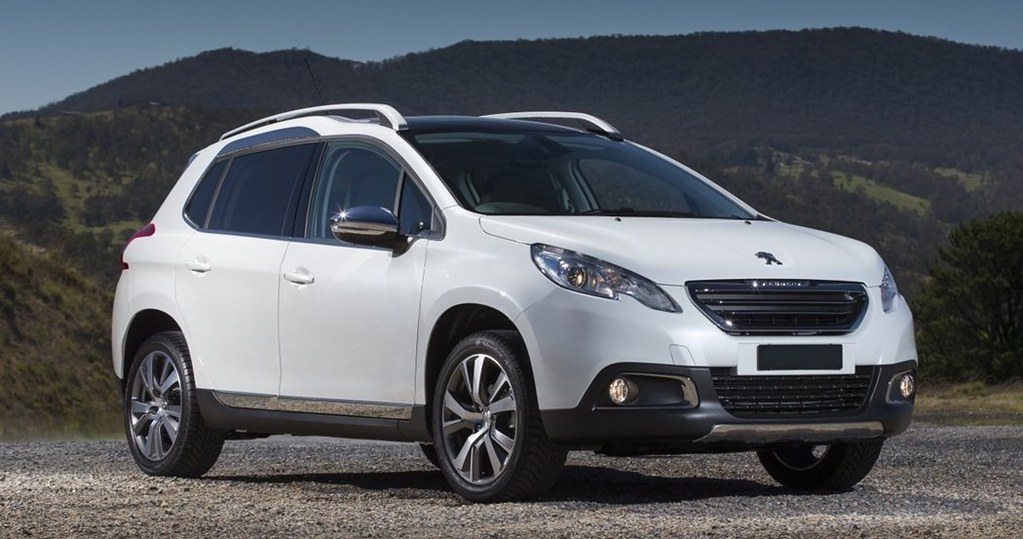
2. **Disappearing Doors: A Futuristic Idea That Didn’t Stick**Forget your boring, pedestrian swing-out doors! What if your car could just… absorb its doors into its own body? It sounds like something straight out of a sci-fi flick or a particularly ambitious concept car drawing, doesn’t it? Well, disappearing doors were once lauded as a bold stride towards futuristic design, promising unparalleled access and a sleek aesthetic that would turn every parking lot into a runway. The idea was simple, yet utterly revolutionary in its visual impact.
The core innovation was brilliant: instead of swinging outward or sliding along the exterior, these doors would seamlessly retract and slide into hidden panels within the car’s body. This design wasn’t just about looking cool; it promised genuine space-saving benefits, especially in cramped parking spots where traditional doors often posed an obstacle. Imagine never having to worry about dinging the car next to you or struggling to exit in a tight space.
While the disappearing doors wowed audiences in demonstrations, showcasing a truly futuristic vision, they simply didn’t hold up in the rough-and-tumble world of everyday use. The sheer complexity required to make such a system reliable and durable meant additional weight, intricate mechanical components, and, inevitably, eye-watering repair costs when things went wrong. These practical headaches quickly turned potential buyers away.
Ultimately, the biggest nail in the coffin for disappearing doors was safety. The design, by necessity, left insufficient space within the car’s structure for the internal reinforcements crucial for crash protection. This raised significant safety concerns, which, understandably, led to its swift downfall. It was a classic case of groundbreaking aesthetics colliding head-on with the unyielding realities of structural integrity and occupant protection.

3. **Highway Hi-Fi: The In-Car Record Player That Didn’t Play Out**Before Bluetooth, before CDs, before even the humble cassette tape, there was a brief, glorious, and utterly impractical moment where vinyl ruled the road. We’re talking 1955, when Chrysler, in a stroke of sheer analog genius, teamed up with CBS to unleash the ‘Highway Hi-Fi.’ This wasn’t just about having music in your car; this was about personalized, high-fidelity tunes on the go, something virtually unheard of in that era. A mobile jukebox, if you will, but with a decidedly mid-century flair.
The system itself was a marvel of mid-century engineering. It played specially designed records that spun at half the speed of standard LPs, utilizing ultra-microgrooves to effectively double the audio capacity of each disc. This proprietary format was intended to maximize playback time and create a unique mobile listening experience, allowing drivers to carry a significant amount of music for their journeys.
However, there was a fundamental flaw in the concept, one that any vinyl enthusiast could spot from a mile away. Standard styluses are designed to handle roughly 1,000 hours of playtime per needle, which translates to about 1,500 albums, but that’s strictly on a flat, stable surface. A moving car, with its bumps, vibrations, and sudden turns, was anything but a stable surface, leading to skipped records, damaged needles, and a generally frustrating listening experience.
Beyond the stability issues, the Highway Hi-Fi failed due to a confluence of practical problems. It carried a hefty price tag, making it an exclusive luxury. The selection of available music was severely limited, and the proprietary format meant these specialized records were incompatible with home equipment, adding further inconvenience. All these factors, combined with numerous reliability issues, ensured that the Highway Hi-Fi remained a curious, yet ultimately short-lived, footnote in automotive history.
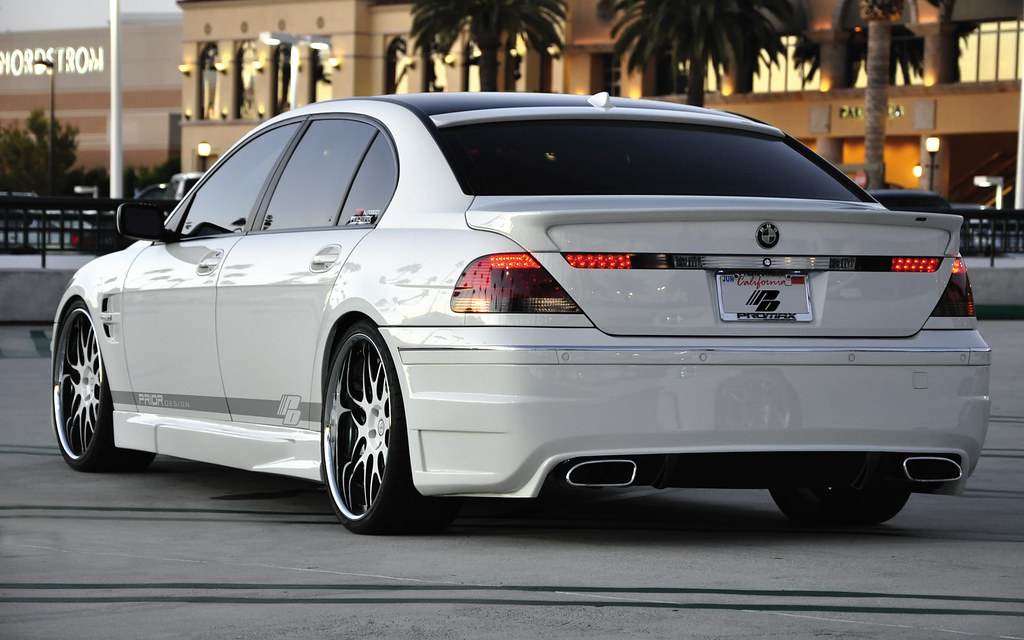
4. **The Fifth Wheel: A Parking Revolution That Never Took Off**Let’s be honest, parallel parking is the bane of many a driver’s existence. The cold sweat, the frantic steering, the inevitable ding against the curb – it’s a dance of terror for nearly half of American drivers, a phenomenon so common it even has a name: parallelphobia. So, imagine a world where this urban nightmare simply… vanished. A world where automakers actually concocted a solution so wild, so ingenious, it involved adding *another* wheel to your car. Yes, we’re talking about ‘The Fifth Wheel,’ a parking revolution that promised perfection but never quite made it out of the lab.
The ingenious concept involved a fifth, retractable wheel, strategically placed under the rear of the car. The idea was simple: when activated, this extra wheel would allow the vehicle to pivot and maneuver sideways, gliding effortlessly into even the tightest parallel parking spots. It was designed to banish parallel parking woes, offering a vision of flawless, stress-free urban driving.
During its testing phases, the mechanism performed impressively, indeed proving effective in navigating confined areas with an ease that seemed almost magical. Demonstrations undoubtedly left onlookers amazed by the vehicle’s newfound agility and precision, hinting at a future where parking was no longer a source of anxiety, but a simple, automated process. It was, in theory, a brilliant answer to a common frustration.
However, the ‘Fifth Wheel’ was ultimately deemed too complicated and prohibitively expensive for mass production. The intricate mechanical demands of the system, from its deployment to its precise operation, far outweighed the convenience it offered for most consumers. Its complexity simply overshadowed its potential benefits, leading manufacturers to abandon the concept entirely and relegating this innovative parking solution to the annals of forgotten automotive dreams.
Read more about: Beyond the Hype: Unearthing the Strange Origins and Epic Fails of 12 Iconic Innovations

5. **In-Car Microwave: Too Risky for the Road**Road trips are great, but let’s face it, the culinary experience often leaves something to be desired. Greasy fast food, stale sandwiches, or the questionable delights of a gas station roller grill. What if, instead, you could pull over and whip up a hot meal, fresh from your very own in-car microwave? It sounds like the ultimate in-cabin convenience, a true game-changer for long hauls and hungry drivers. The dream of ‘hot meals on the go’ was a powerful one, promising unparalleled comfort and convenience. But as with many dreams, reality had a rather nasty way of interfering.
Certainly, the basic premise of an in-car microwave did work. You could, in theory, heat up your leftovers or a quick meal while out on the open road. However, despite this functionality, most people still opted for traditional rest stops, or relied on the myriad of portable heating solutions that were far less intrusive and costly than a fully integrated car microwave. The appeal just wasn’t strong enough to justify the effort.
The most significant hurdles for the built-in microwave were substantial power demands and serious safety concerns. Tapping into a car’s electrical system to power a high-wattage appliance proved problematic, making built-in versions inherently risky. As a result, very few models ever actually hit the market, as manufacturers were hesitant to take on the liabilities associated with such a device.
Ultimately, the concept failed due to a litany of technical woes: unstable power delivery from the car’s battery and inverter, persistent wiring issues, and frequent component failures like the magnetron and thermal fuse. Factors such as overheating, improper usage by drivers, and general wear and tear further reduced reliability, rendering the in-car microwave impractical for any widespread use. It’s safe to say this was a concept best left in the kitchen.
6. **Outdoor Dog Sacks: A Pet Travel Idea That Missed the Mark**For those of us with furry co-pilots, the struggle is real. Muddy paws, shedding fur, slobber on the windows – traveling with pets, especially larger or messier ones, can turn the cleanest car into a mobile kennel in minutes. So, someone, somewhere, had a ‘brilliant’ idea: what if we just… put the dogs *outside* the car? Enter the ‘Outdoor Dog Sacks,’ a concept so bafflingly misguided it practically writes its own cautionary tale. This was introduced as a ‘creative way’ to transport pets without cluttering interiors, an idea that, thankfully, quickly found its way to the automotive history bin.
These peculiar pet transporters essentially consisted of bags designed to be mounted on the outside of the vehicle, often resembling soft-sided crates. They typically came equipped with harnesses to keep the dogs secure, with the added benefit of providing pets with plenty of fresh air. The intention, presumably, was to offer a hygienic and convenient solution for pet owners, especially those with animals not suited for interior travel.
However, the design presented glaring and immediate safety risks for the animals. Being exposed on the exterior of a moving vehicle left pets incredibly vulnerable to road debris, which could cause serious injury. Furthermore, constant exposure to exhaust fumes, extreme weather conditions, and the sheer velocity of travel posed significant health hazards that far outweighed any perceived convenience for the owner.
Unsurprisingly, the concept quickly lost support once the obvious dangers became clear. The industry swiftly shifted its focus towards far safer, cabin-friendly solutions for traveling with pets, prioritizing their well-being and security. The Outdoor Dog Sacks stand as a stark reminder that some innovations, no matter how well-intentioned, are simply too poorly conceived to ever see the light of day, or in this case, the open road.
Welcome back, gearheads, to ‘The Revival Circuit’! Our journey through automotive history’s boldest missteps continues. We’re now shifting gears to an even more audacious realm: visionary, unreleased concept vehicles that pushed the very boundaries of what a car could be. These aren’t just features; these are entire machines, often dreamt up for a future the world wasn’t ready for, yet their influence continues to ripple through design studios and engineering labs today. They were testaments to raw ambition, daring to reimagine power, efficiency, and aesthetics that still make our engines hum with appreciation.
From atomic dreams to turbine whispers, and from hyper-efficient marvels to pure stylistic statements, these six concepts represent the pinnacle of automotive ‘what ifs.’ They are ghosts in the machine, reminding us that true innovation often lies beyond the horizon of current feasibility. Get ready to explore the wilder side of automotive ingenuity, where imagination truly knew no limits.
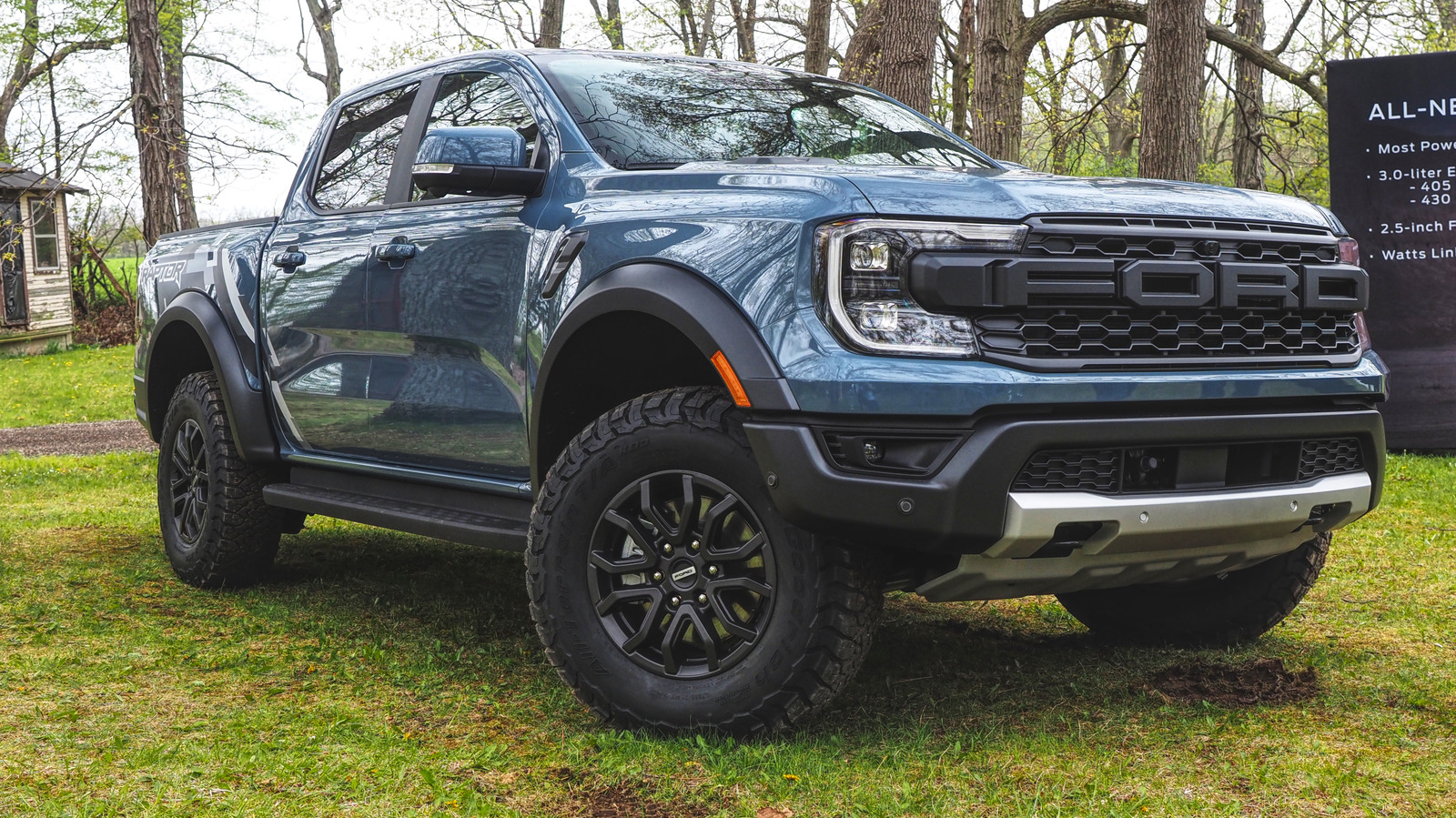
7. **Ford Nucleon: The Atomic Dream Car That Never Was**Imagine a world where gas stations were a relic, where your car ran for thousands of miles on a single, powerful core. That was the audacious vision of the Ford Nucleon, a 1950s concept perfectly encapsulating the era’s fascination with atomic energy. This wasn’t just a car; it was a rolling statement of technological optimism, believing nuclear power could effortlessly propel personal transportation into a sci-fi future.
This groundbreaking vehicle was designed to be powered by a small, easily replaceable nuclear reactor at the rear. The idea was to eliminate frequent refueling, offering unparalleled range and a radical departure from fossil fuels. It represented a bold, almost unthinkable leap in automotive design, promising energy independence.
However, this captivating dream remained on the drawing board. While the Nucleon showcased alternative energy potential, practicalities of housing a miniature nuclear reactor in a consumer vehicle were fraught with insurmountable challenges. Safety, weight, radiation shielding, and complexity made it a fascinating but ultimately unrealized chapter, a significant “what if” that still sparks enthusiast debate.
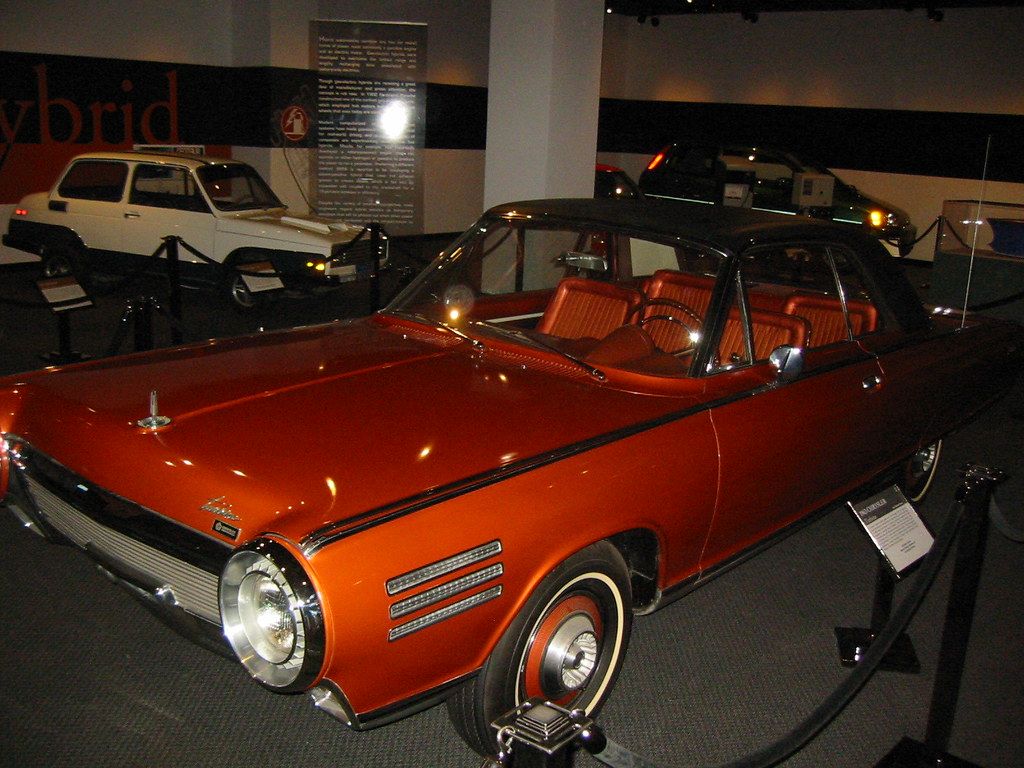
8. **Chrysler Turbine Car: The Jet Age’s Road Warrior**Fast forward to the 1960s, a decade of space races and technological exuberance, and you’ll find another daring experiment: the Chrysler Turbine Car. This was a wholesale reinvention of the automobile’s heart, replacing the internal combustion engine with a gas turbine. The vision was compelling: a car that hummed instead of roared, promising smoother operation, reduced emissions, and the ability to run on a diverse diet of fuels.
The engineering behind the Turbine Car was truly ambitious. Its turbine engine could run on anything from unleaded gasoline to diesel, kerosene, and even peanut oil! This multi-fuel capability offered unprecedented flexibility, hinting at a future free from specific fuel types. Fewer moving parts also suggested greater reliability and lower maintenance, making it an alluring prospect.
Despite its technical marvels, only a handful were produced for public testing. The program was eventually scrapped, primarily due to prohibitive manufacturing costs and the inherent complexity of mass-producing such advanced engines. It was a sobering reminder that brilliant engineering can be outmaneuvered by economic realities, leaving the Turbine Car as a legendary, albeit short-lived, automotive icon.
Car Model Information: 2023 Kia Telluride SX Prestige X-Line
Name: Chrysler Turbine Car
Assembly: Detroit,United States
Caption: Walter P. Chrysler Museum
Manufacturer: Chrysler Corporation
Production: 1963–1964,55 produced
Class: Concept car
BodyStyle: coupé
Layout: Front-engine, rear-wheel-drive layout
Engine: Chrysler turbine engines
Width: 72.9 in
Abbr: on
Height: 53.5 in
Wheelbase: 110 in
Length: 201.6 in
Weight: convert
Designer: Elwood Engel
Transmission: TorqueFlite
Categories: Articles with Internet Archive links, Articles with short description, Cars powered by gas turbines, Chrysler concept vehicles, Chrysler vehicles
Summary: The Chrysler Turbine Car is an experimental two-door hardtop coupe powered by a turbine engine and was manufactured by Chrysler from 1963 to 1964. Italian design studio Carrozzeria Ghia constructed the bodywork, and Chrysler completed the final assembly in Detroit. A total of 55 cars were manufactured: five prototypes and a limited run of fifty cars for a public user program. All have a signature metallic paint named “turbine bronze”, roughly the color of root beer. The car was styled by Elwood Engel and Chrysler studios. They featured power brakes, power steering, and a TorqueFlite transmission.
The Chrysler turbine engine program that produced the Turbine Car began during the late 1930s and created prototypes that completed long-distance trips in the 1950s and early 1960s. The A-831 engines that powered the Ghia-designed Turbine Car could operate on many fuels, required less maintenance, and lasted longer than conventional piston engines. However, they were much more expensive to produce.
After testing, Chrysler conducted a user program from October 1963 to January 1966 that involved 203 drivers in 133 cities in the United States cumulatively driving more than one million miles (1.6 million km). The program helped the company determine problems with the cars, notably with their complicated starting procedure, relatively unimpressive acceleration, and sub-par fuel economy and noise. The experience also revealed the advantages of the turbine engines, including their remarkable durability, smooth operation, and relatively modest maintenance requirements.
After the user program ended in 1966, Chrysler reclaimed the cars and destroyed all but nine; Chrysler kept two cars, six are displayed at museums in the United States, and one is in comedian Jay Leno’s private collection. Chrysler’s turbine engine program ended in 1979, mainly due to the failure of the engines to meet government emissions regulations, relatively poor fuel economy, and as a condition of receiving a government loan in 1979.
Get more information about: Chrysler Turbine Car
Buying a high-performing used car >>>
Brand: Chrysler Model: Turbine Car
Price: $41,997 Mileage: 28,716 mi.

9. **Volkswagen XL1: The Hyper-Efficient Hybrid That Almost Was**In an age where fuel efficiency is paramount, the Volkswagen XL1 stands as a testament to radical thinking. This hyper-efficient diesel-electric marvel had one breathtaking goal: to achieve over 200 miles per gallon. Unveiled as a true “car of the future,” its very existence challenged conventional automotive design and consumption, pushing boundaries of what was thought possible for a production vehicle.
Every aspect of the XL1 screamed efficiency. Its sleek, teardrop-shaped body was a masterclass in aerodynamics, slicing through the air with minimal resistance. Constructed from ultra-lightweight materials, it weighed a mere 1,753 pounds, a featherweight champion in pursuit of fuel savings. This combination of aerodynamic prowess and lightweight construction represented a bold step towards ultra-efficient transportation.
While the XL1 saw limited production, proving its capabilities, it never became mainstream. Its specialized design, advanced materials, and high production costs meant it remained an exclusive, niche offering. Despite immense potential to drastically reduce fuel consumption and emissions, the market wasn’t ready for such extreme efficiency, relegating it to a fascinating footnote in sustainable automotive engineering.
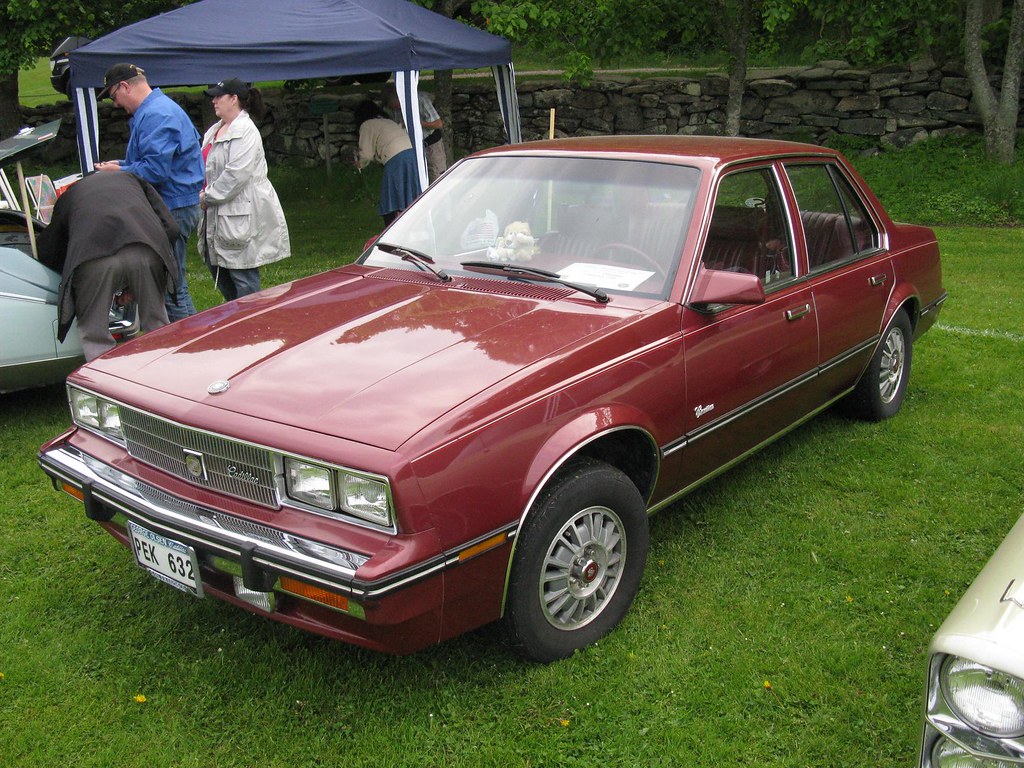
10. **Cadillac Sixteen: America’s Unapologetic Ultra-Luxury Dream**Cadillac once flirted with an idea so grand, so extravagant, it could have redefined automotive opulence: the Cadillac Sixteen. This wasn’t just a concept car; it was a declaration, a vision of unbridled power and luxury aimed at reclaiming Cadillac’s throne as the undisputed king of American prestige. Its presence at auto shows sent shockwaves, promising a new standard for high-end motoring.
At the heart of this behemoth was a massive 16-cylinder engine, churning out an astonishing 1,000 horsepower. This unprecedented power combined with the meticulous craftsmanship and lavish interiors only Cadillac could deliver. The Sixteen blended raw force with an ethereal sense of comfort and sophistication, poised to set a new benchmark for ultra-luxury sedans worldwide.
However, the Cadillac Sixteen, for all its majestic potential, remained a concept. It was deemed too extravagant, costly, and out of step with the prevailing economic climate for mass production. This decision left a palpable void in the ultra-luxury segment it was perfectly poised to dominate. While it never graced public roads, its legacy lives on as a powerful reminder of American automotive ambition and a tantalizing glimpse into a Cadillac that dared to dream bigger.

11. **Mercedes-Benz C111: The Experimental Testbed for Tomorrow**For decades, Mercedes-Benz has pioneered automotive engineering, and the C111 series exemplifies this spirit. This wasn’t a concept for immediate production; it was a rolling laboratory, a high-speed testbed exploring the bleeding edge of automotive technology. Its sleek, wedge-shaped silhouette, sculpted for aerodynamic efficiency, hinted at performance innovations concealed within.
Across multiple iterations, the C111 explored breathtaking advanced technologies. It famously dabbled with revolutionary Wankel rotary engines, pushed diesel performance, and pioneered active aerodynamics. Each version was a step further into the unknown, allowing engineers to experiment with new materials, suspension systems, and powertrains that would eventually filter into future production models.
Despite its incredible potential to influence high-performance car design and pave the way for breakthroughs, the C111 was never released publicly. It remained within Mercedes-Benz’s R&D, serving its purpose as an experimental vehicle. This decision, though disappointing for enthusiasts, cemented its status as a fascinating, unrealized chapter, a true innovator’s car that shaped the future from behind closed doors.

12. **Buick Y-Job: The Genesis of Concept Cars**Before flying cars or digital dashboards, before ‘concept car’ was a term, there was the Buick Y-Job. Created in the 1930s by legendary GM design chief Harley Earl, this wasn’t just a vehicle; it was an artistic statement, a bold declaration, and arguably the very first true concept car. Its existence fundamentally changed how the industry approached future design.
The Y-Job was a veritable showcase of forward-thinking design and features, lightyears ahead of its time. Imagine: hidden headlights retracting seamlessly, a low, sleek profile hinting at speed, and flush door handles for a clean aesthetic. These elements, revolutionary for the 1930s, weren’t just stylistic flourishes; they were practical innovations setting new trends for decades to come.
While the Buick Y-Job itself never reached mass production – that wasn’t its purpose – its influence on design philosophy was profound. It established the concept car as an indispensable tool for exploring new ideas, gauging public reaction, and pushing automotive aesthetics. The Y-Job didn’t just showcase future possibilities; it invented the mechanism for presenting them, solidifying its place as a foundational icon.
There you have it, fellow road warriors – a thrilling journey through a dozen automotive concepts that, for various reasons, didn’t make it to your driveway. From the intriguing yet impractical features of the first section to the visionary, unreleased dream cars of the second, each forgotten idea and bold prototype serves as a crucial chapter in the grand narrative of automotive innovation. They remind us that the path to progress is paved not just with roaring successes, but also with brilliant missteps, audacious experiments, and concepts that, though unfulfilled, illuminate the way forward. These are more than just footnotes; they are whispers of alternate futures, ‘what ifs’ that continue to inspire and remind us that in the world of cars, the greatest ideas often begin with a dream, even if that dream remains just out of reach.


